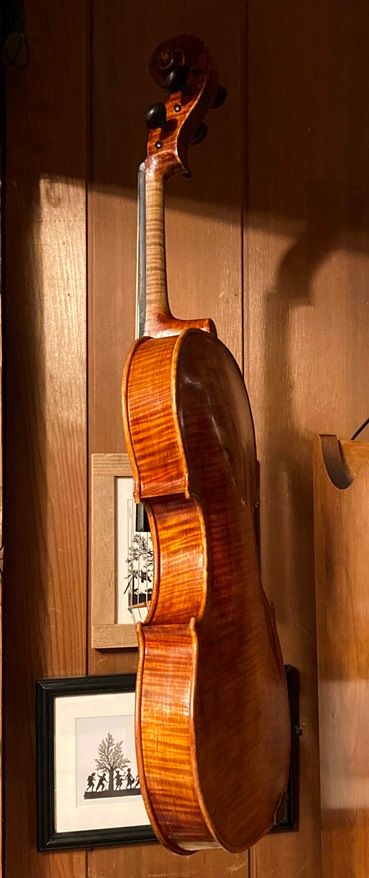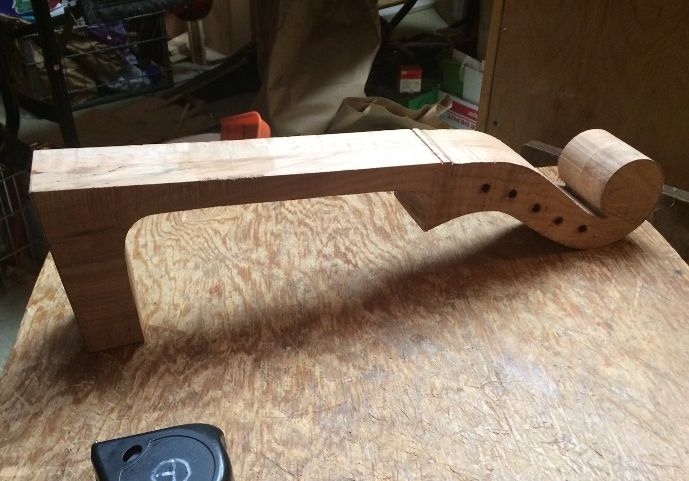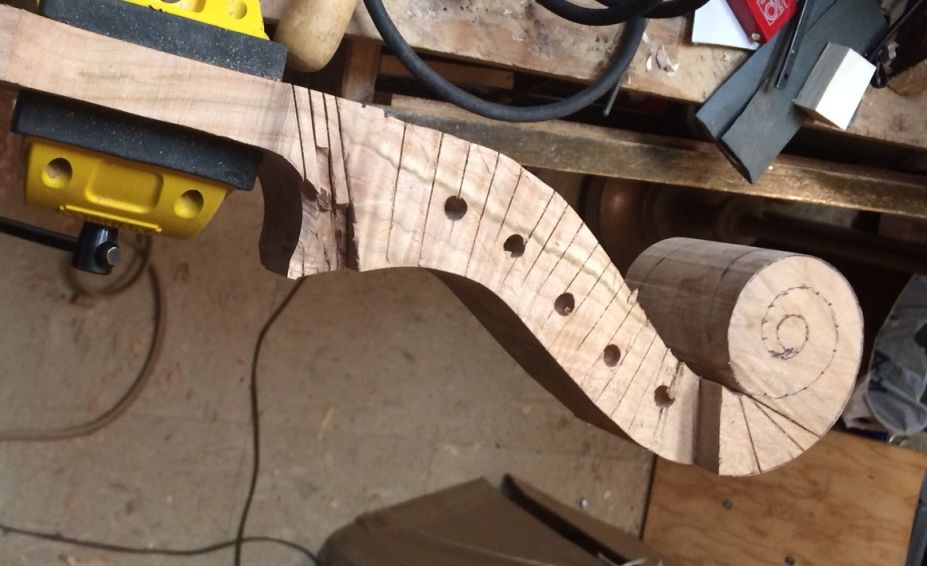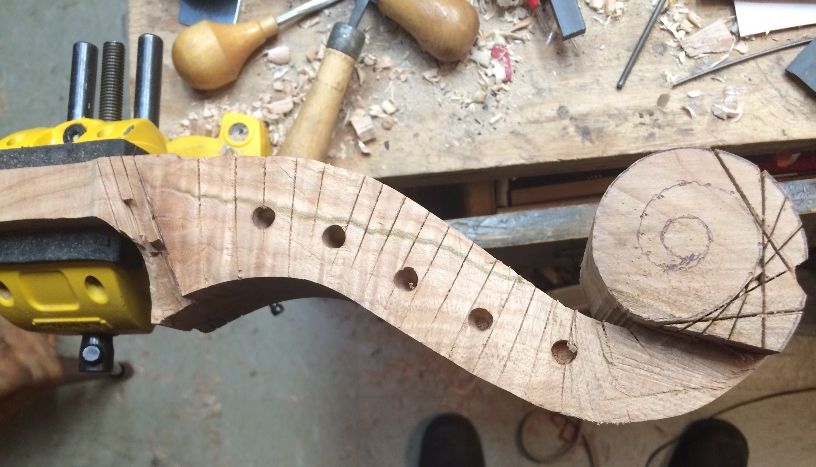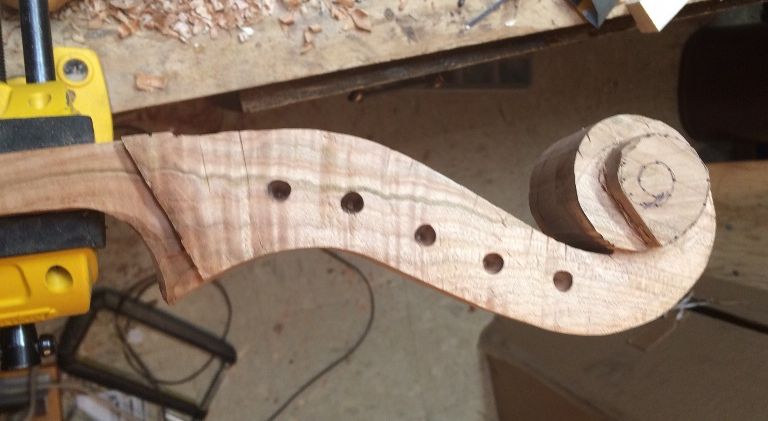(Act Before January 1st, 2026)
Dear Friends and Customers,
For the past ten years, I’ve done my best to keep my prices steady, even as material and workshop costs have risen. It’s been important to me to make my instruments as accessible as possible. However, after careful consideration, I’ll be making a long-overdue price adjustment starting January 1st, 2026.
Here’s What That Means:
- Prices for all instruments will increase by 30% on January 1st
- A second adjustment of 30% will follow on July 1st
- Starting in 2027, annual pricing reviews will avoid large price adjustments in the future.
- Finally, any purchase or new commission (confirmed with a down payment) before January 1st will lock in current pricing, even if your instrument is delivered later in the year.
In the hope that you’ve been considering commissioning or buying an instrument, now is the best time to move forward. Of course, your deposit secures your place in my schedule — and your current price.
At the moment, I have available:
- Five 5-string fiddles, starting from USD $6,000
- One large 5-string viola at USD $8,000
- One 5-string double bass at USD $20,000
- Two cellos at USD $18,000
- Several violas, starting from USD $8,000
- Around ten violins, starting from USD $6,000
Contact me!
Please feel free to reach out directly if you’d like to try an instrument or discuss a commission. I’m always happy to answer questions and help you find the right fit.
E-mail bishopchet@gmail.com
Phone (503) 740-1155
Looking Forward
Ever since 1999, I’ve been fortunate to work with musicians both in the USA and in other countries. Accordingly, it has been my joy to help each find (or build to order) an instrument that fits their desired sound.
With this in mind, I will keep providing the same personal service and high-quality work at prices that remain fair and competitive. Therefore, I look forward to crafting instruments that will inspire you for years to come.


.jpg)
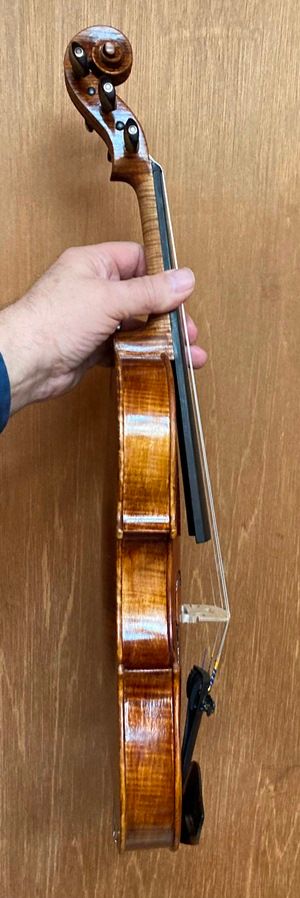
.jpg)
